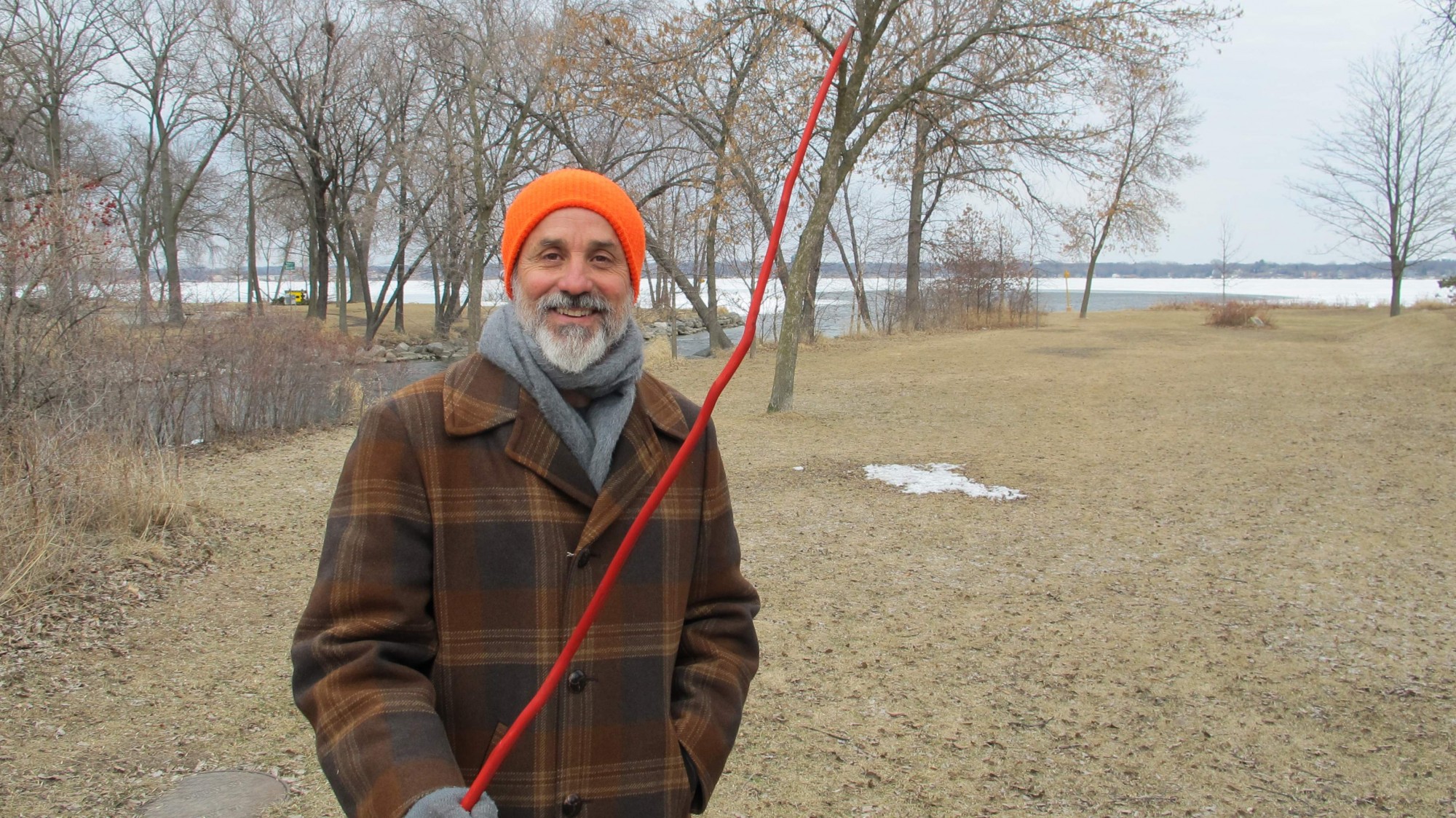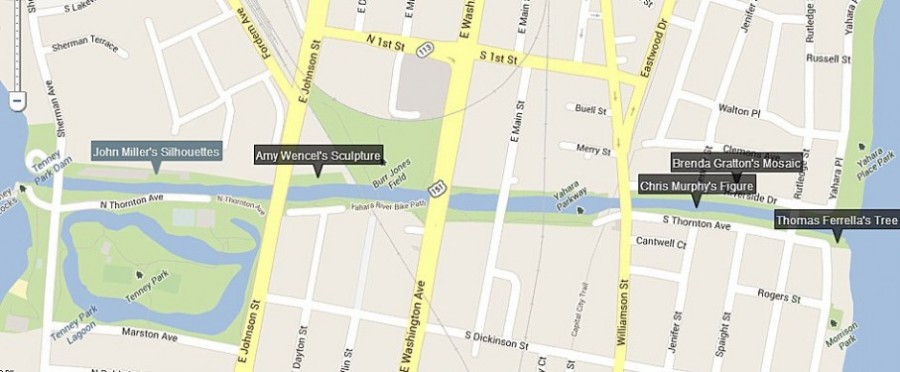BLACK HAWK YAHARA: A RIVER OF TEARS
About the piece:
Chief Black Hawk challenged a flawed 1804 treaty and moved his people back east across the Mississippi River in an attempt to reoccupy ancestral lands. He was subsequently sabotaged during peace negotiations and two of his men were killed. This instigated the May 14th battle of Stillman’s Run and the infamous 4 month long Black Hawk War of 1832. Leading a band of Sauk, Meskwaki, and Kickapoo Indians, he was chased by the U.S. Army north into the Wisconsin Territory and in particular to an encampment along the Yahara River. Several minor skirmishes occurred along this route and his next major encounter happened along the Wisconsin River at the battle of Wisconsin Heights. Black Hawk and his people escaped and headed west only to be decimated at the battle of Bad Axe in August, also known as the Massacre at Bad Axe. Clear documentation demonstrates the Indians attempted to surrender, but were gunned down on the Mississippi River by the formidable U.S. gunboat, the Warrior. Black Hawk’s people sustained a loss of over 250 individuals, including many women and children. Only one individual was injured on the Warrior and 14 other opponents were killed. Black Hawk escaped again, however, he voluntarily surrendered at Prairie Du Chien on August 27th to Indian agent Joseph Street. Stop-action film of the installation of “A River of Tears” by Masarah Van Eyck.

About the artist:
Thomas Ferrella says “I love the idea of using willow for this project considering its beautiful organic lines and its close relationship with water. Willow was an instrumental part of the Native American culture in terms of its use for structures, baskets, tools and medicines. In addition, the three main battles during this war occurred along waterways. The early summer verdant foliage juxtaposed against the contrasting red willow represents the unspoiled and historically tarnished landscape, a modern interpretation of a fatal genocidal event that lead to the ‘birth’ of our nation. This contrast will affect a powerful image of life and death.”


